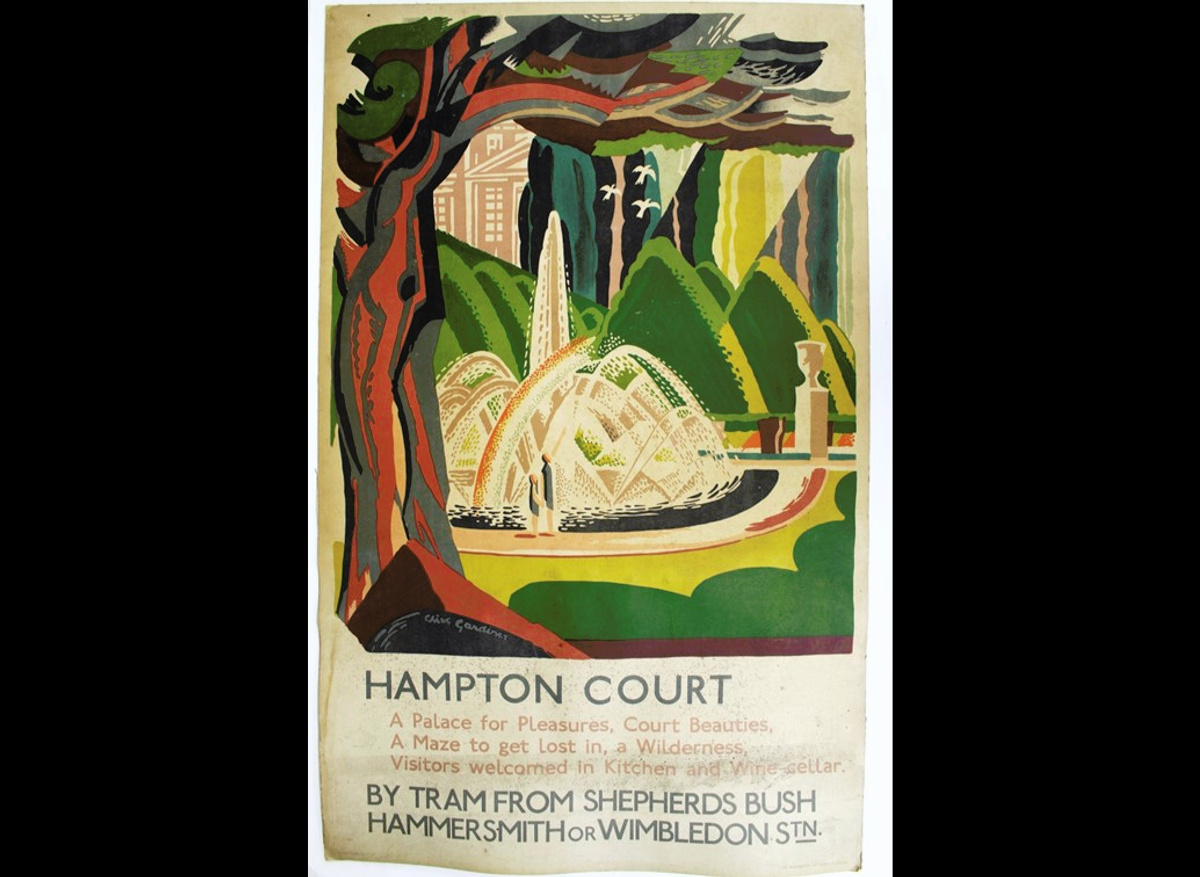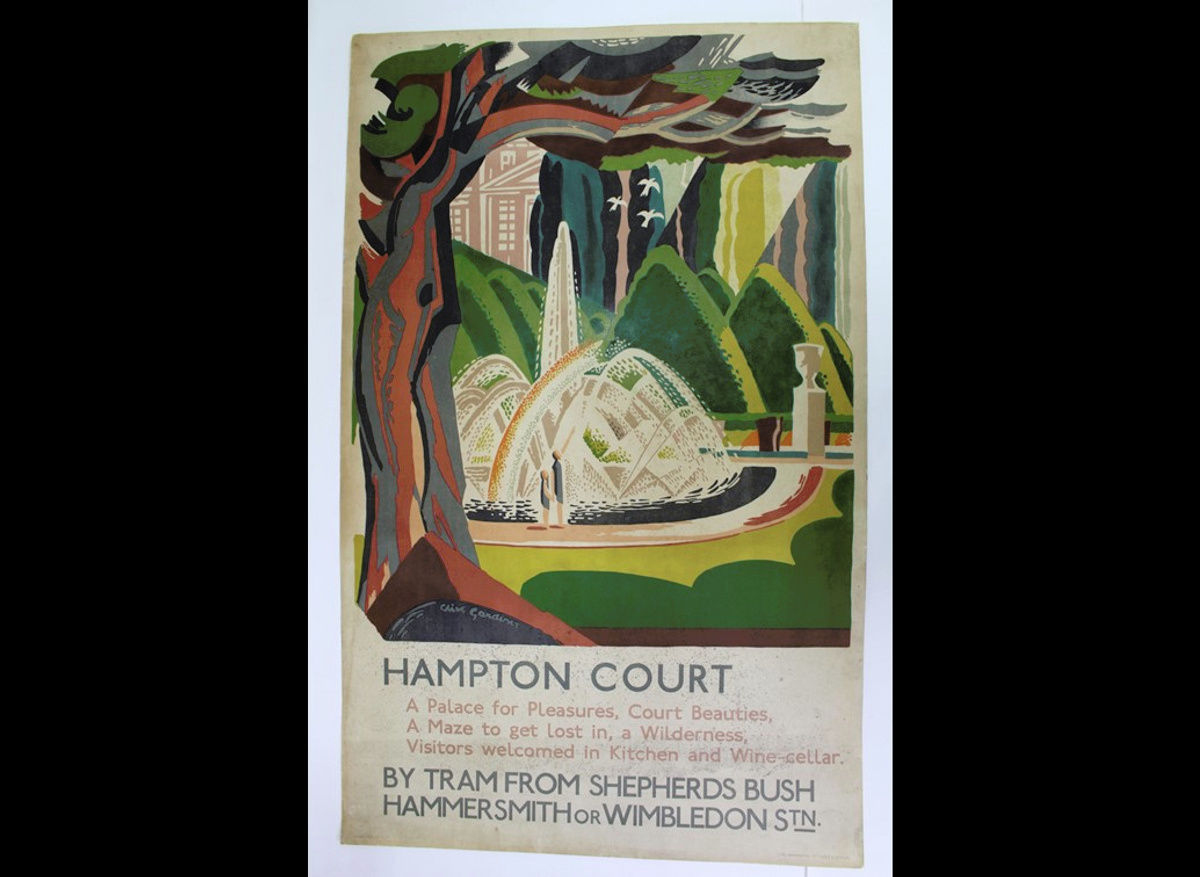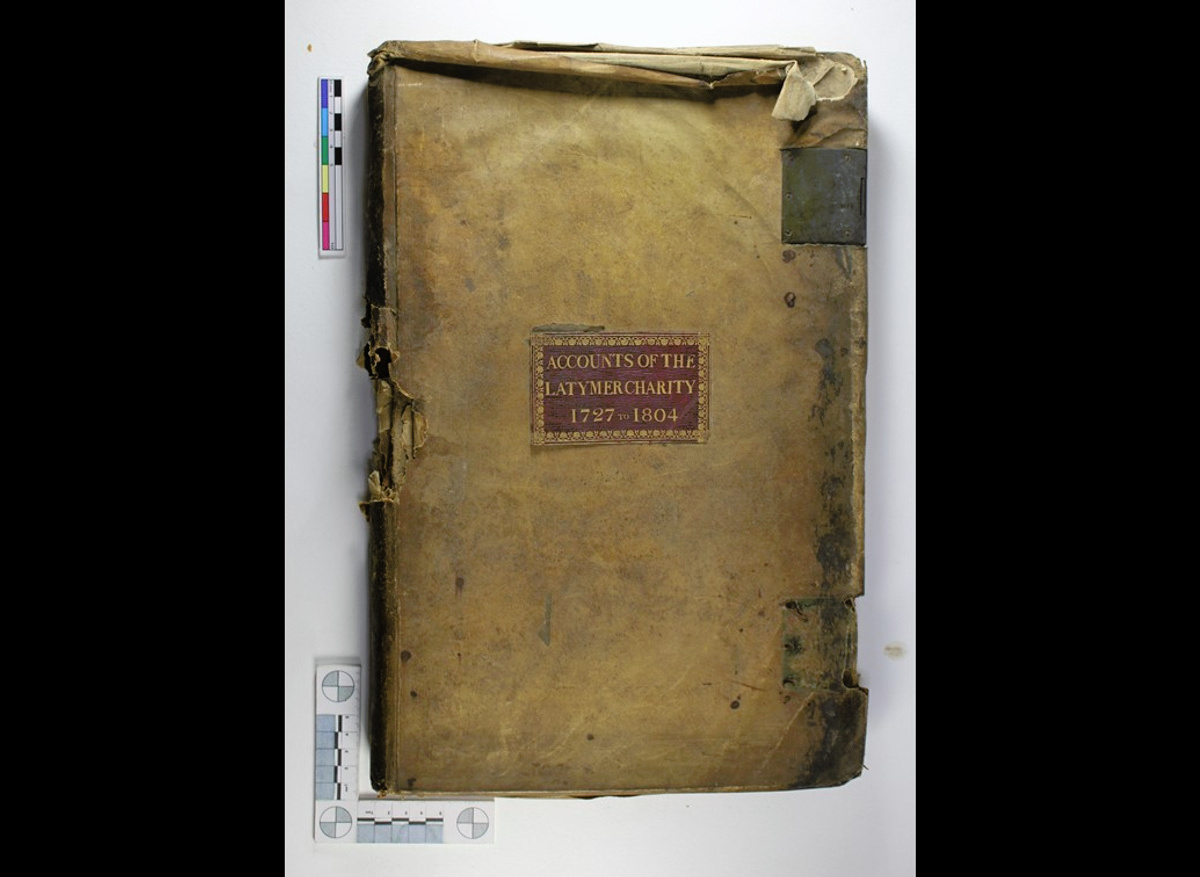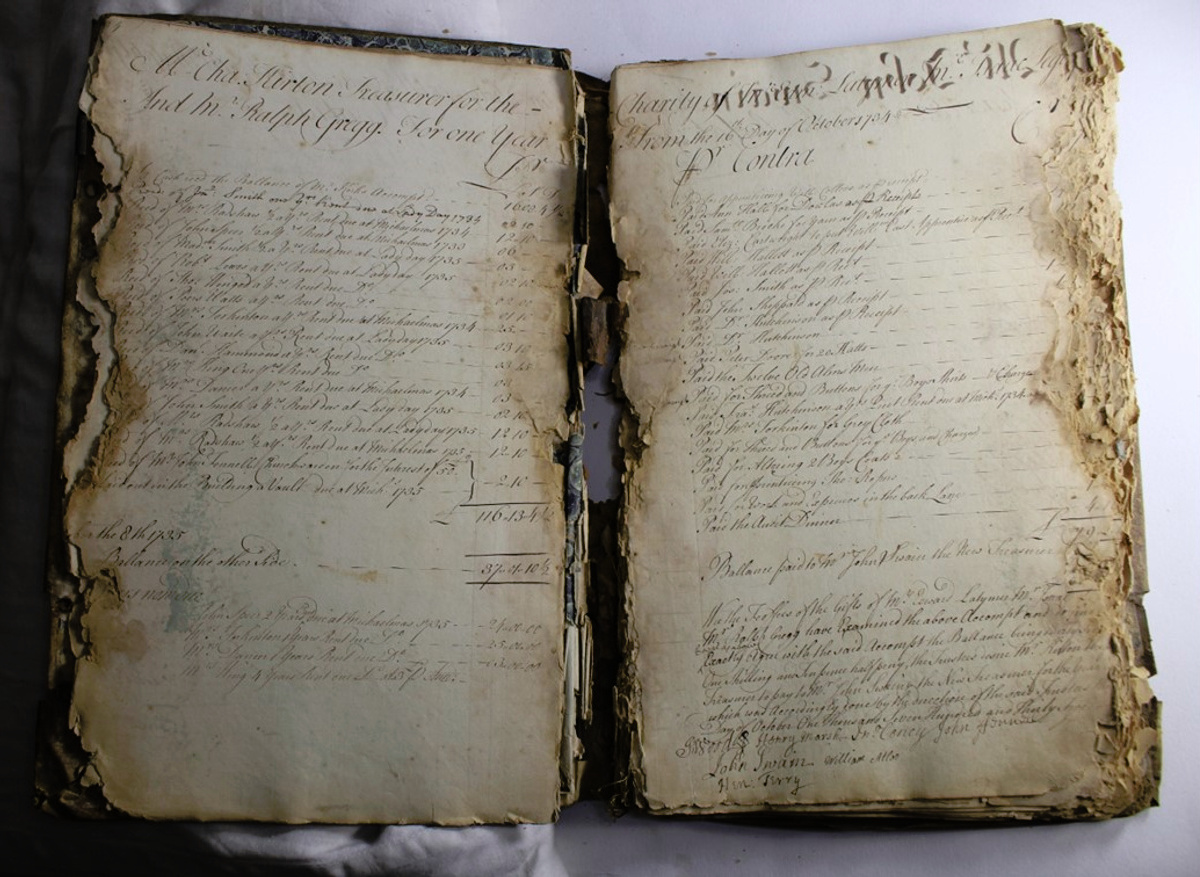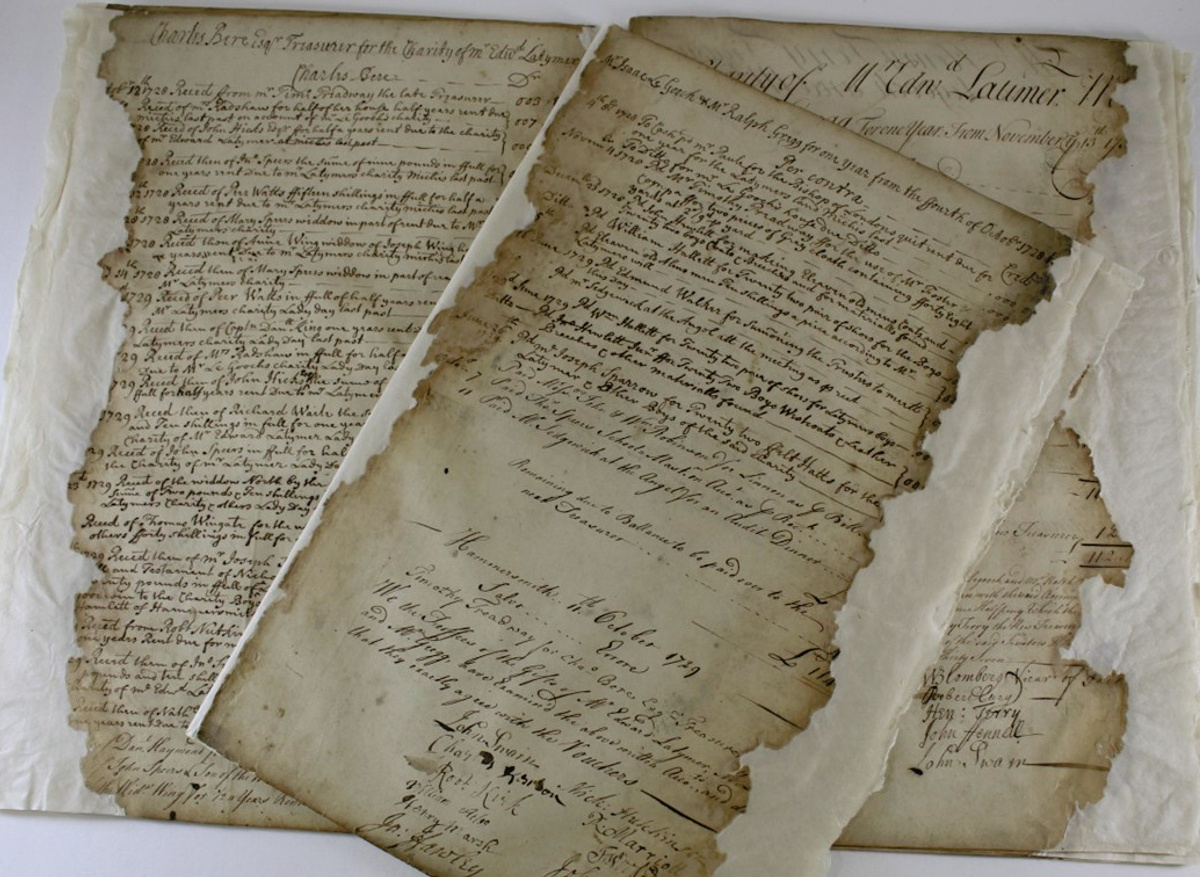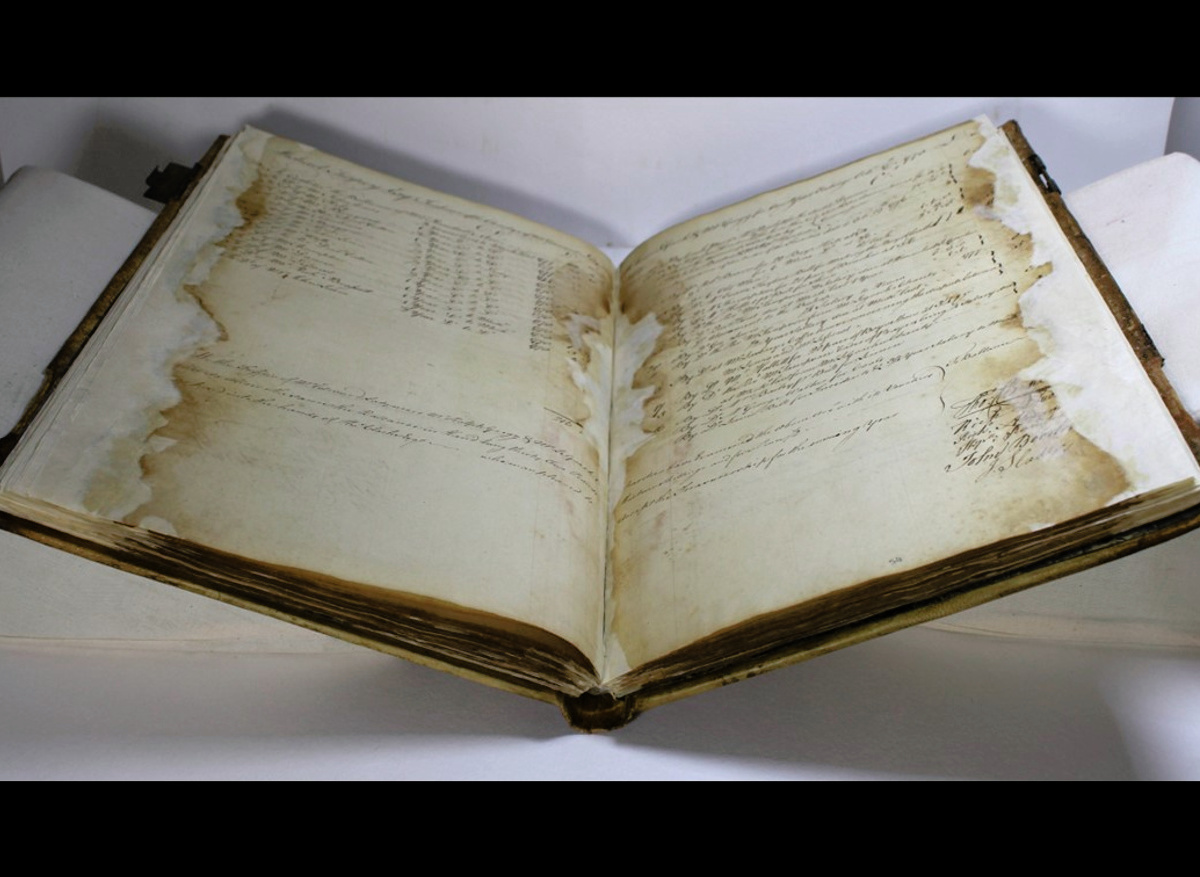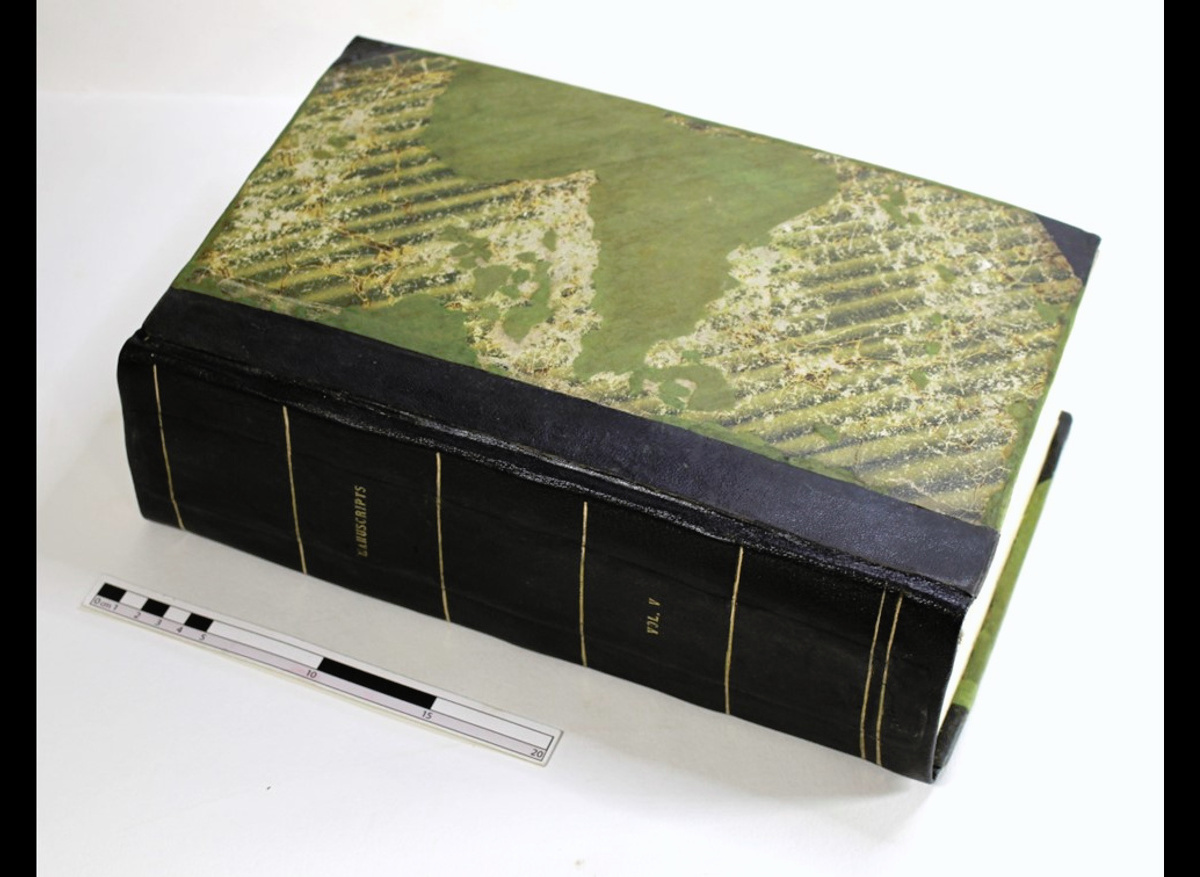At the Conservation Studio, we safeguard history by preserving library and archive materials with expert care. From priceless manuscripts and rare books to maps, ephemera, and parchment documents, we ensure that every piece is treated with the highest conservation standards.
Our expertise ranges from providing specialist conservation for individual items, and collection backed by detailed documentation. We provide a full photographic record of the work before and after treatment. We specialise in the conservation of complex binding structures. We are fully insured and provide the highest standards of care.
We also provide Collection Care advice, which may include condition assessments; supporting exhibitions; and handling guidance for entire collections. Our expert advice can also be used to support funding applications and provide training for professionals & volunteers.
Whether restoring a fragile manuscript or advising on long-term collection care, we help institutions, collectors, and archives protect their most valuable collections for future generations.
Accredited members
Ann-Marie Miller ACR
London-based Ann-Marie Miller ACR has dedicated over 13 years to preserving history through her private workshop, Codex Conservation Ltd. With a background in the History of Art, Chemistry, and bookbinding, she holds an MA and PG Dip in Conservation from Camberwell College of Arts.
Her 25-year career spans freelance work, seven years at the British Library, and accreditation in 2007. Today, she leads a skilled team, serving museums, libraries, and private collectors, while also supporting exhibitions, teaching, and providing collection care advice. A mentor, assessor, and industry leader.
Client testimonials
The London Library has worked with Ann-Marie for a few years now and we’re very happy with her work, which is carried out to the highest standard. She’s run several training sessions, passing on her extensive knowledge and providing our team with a good understanding of effective conservation practice.
Michelle Hunter
Collections Manager, The London Library
I was in two minds…whether to look at the photos, but in the end I couldn’t help myself! They look absolutely amazing…each one revealed an exciting little detail. I’m full of admiration for how you’ve balanced retaining so many of the original features – from the consolidated torn paper on the boards through to the extended leather details on the spine which absolutely blew me away! It really is a beautiful piece of work
Emma Wright
Collections & House Manager, Townend, National Trust
Not having used the services of a conservator before I wasn’t sure what to expect but Ann-Marie could not have been more helpful at every stage…the end result is amazing. The [NASA Apollo] flight plan now seems somehow ’newer’ while still obviously being a well-used document. Ann-Marie constructed a bespoke museum grade box which complements it beautifully. If I’m…lucky enough to acquire something similar in…future I will not hesitate to get back in touch.
Steve Hill
Private Collector

